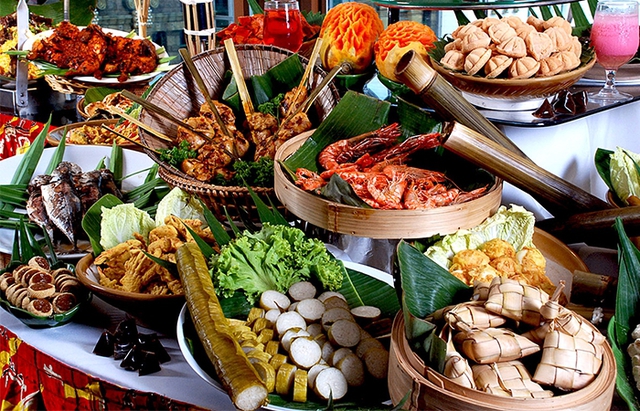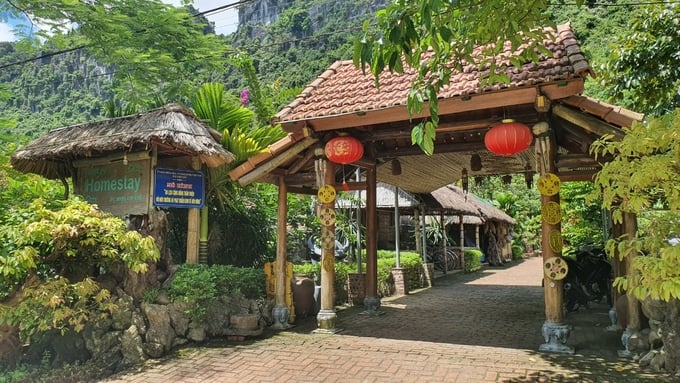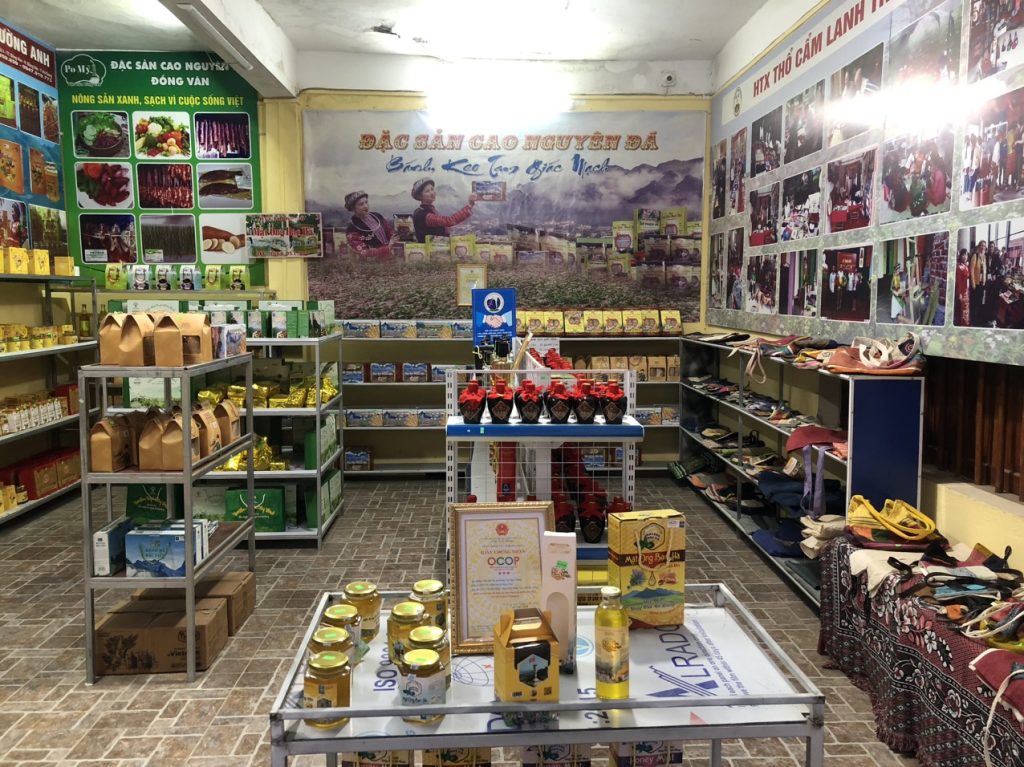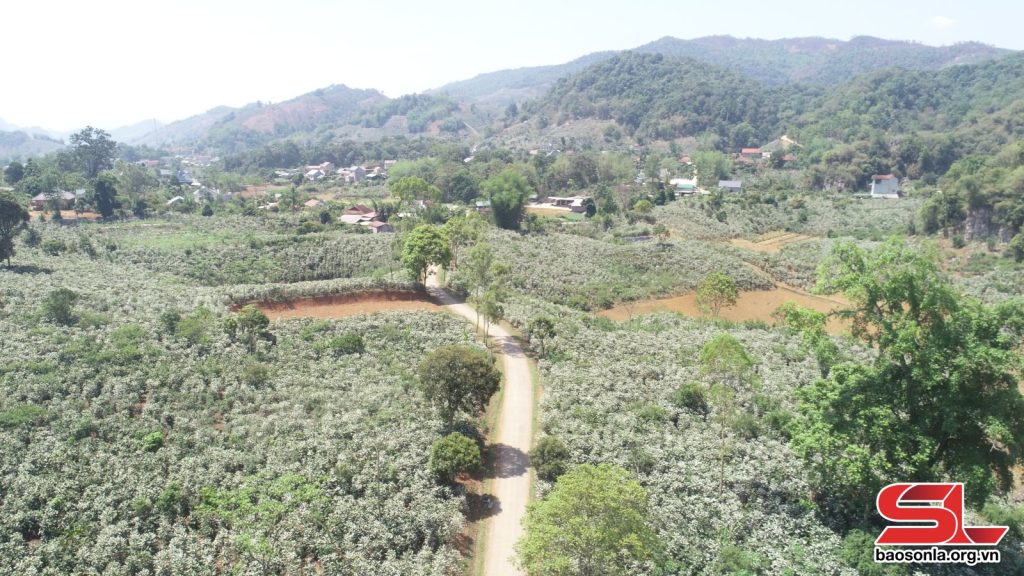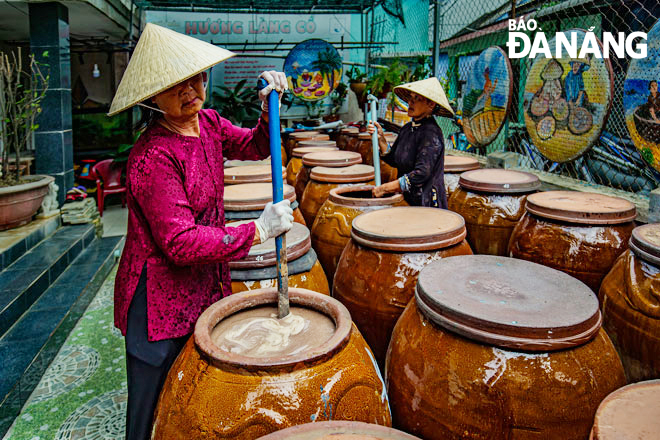 |
Da Nang has not as many traditional craft villages as in the two neighboring localities namely Thua Thien- Hue and Quang Nam provinces due to its small land holdings and urbanization process. However, traditional craft villages in Da Nang are famous for their own identity and unique products.
Especially, crafts of carving stone in Ngu Hanh Son District, making Nam O fish sauce in Lien Chieu District, and making Tuy Loan rice paper in Hoa Vang District has been recognized as a National Intangible Cultural Heritage. It is a pride for these traditional craft villages, and the city as a whole. Therefore, the city will take action and effective measures to preserve and promote its traditional crafts .
In the past, Da Nang was nationally famous for its craft of making Nam O fireworks. However, this craft has disappeared in the city after the Vietnamese Prime Minister issued the Directive No. 406 dated August 8, 1994 to impose a ban on firecrackers across the country.
Furthermore, the three traditional craft villages in Hoa Tien Commune, Hoa Vang District, namely the Cam Ne sedge mat-making village, Yen Ne weaving village, and the La Bong conical hat making village have lost because of great competition with the industrial sophisticated and cheap products.
Moreover, it is a pity that two other craft villages in the heart of Da Nang have disappeared in just the past 20 years due to the rapid progress of urbanization in the city. They are the Phuoc My Flower Village in Son Tra District, and the My An Vegetable Village in Ngu Hanh Son District. In the past, the Phuoc My Flower Village had an area of nearly 40 hectares with around 400 households involved, and they has made a living from this craft for a long time. Flowers grown in this village bloomed all year round, especially Marigold flowers. The My An Vegetable Village covered an area of over dozens of hectares with hundreds of households involved in growing many types of vegetables, including spicy mustard greens, lettuce, onions, cilantro, basil, coriander, and perilla.
The urbanization is an inevitable trend of the development process of cities. However, reasonable consideration should be given to preserving traditional craft villages, especially those associated with land, fields and gardens, with the aim of conservation and promotion of local cultural heritage and traditional crafts, and boost tourism. The majority of the villagers from the disappeared traditional craft villages in the city have been unemployed and found a new job to make ends meet.
Some people of the former Phuoc My Flower Village and My An Vegetable Village have used vacant land near their residential areas to grow flowers and vegetables. Hence, you now can see patches of green leafy vegetables being grown along a section of An Duong Vuong Street stretching from the east of the Tran Thi Ly Bridge to the east of the Tien Son Bridge.
The urbanization process in Da Nang is still continuing, planners need to think thoughtfully and research carefully in order to safeguard traditional crafts in the city, thereby protecting and promoting local cultural heritage, as well as boosting tourism. Hopefully, high priority will be paid to preserving and promoting intangible cultural heritage as it can create job opportunities for local residents, contributing to preserving the city’s cultural identity as there are quite a few of traditional craft villages in Da Nang today.
Reporting by HUYNH HUNG – Translating by H.L
Da Nang Today – baodanang.vn

